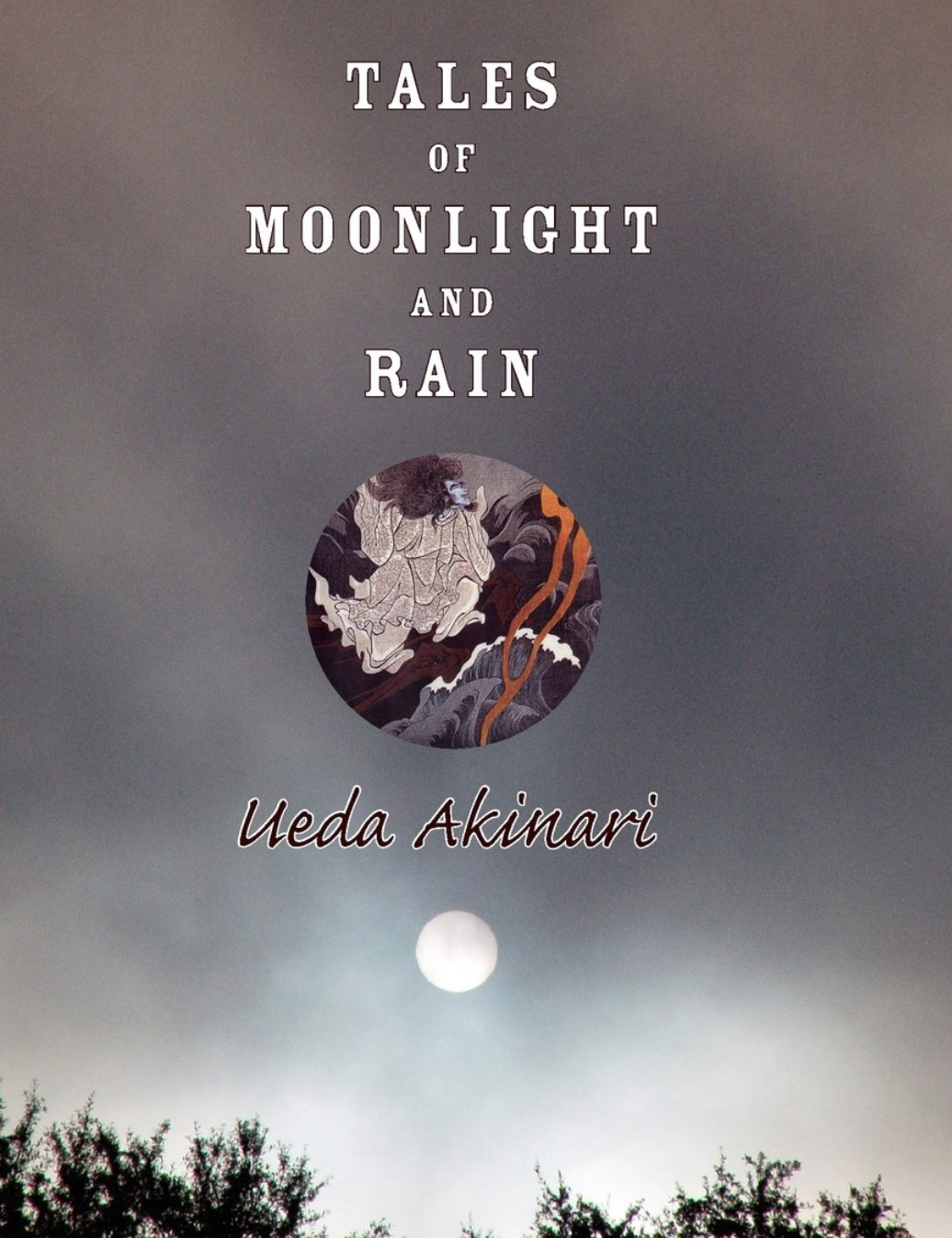J.R.R. Tolkien, born on January 3, 1892, was an English writer, poet, and scholar. He is best known for his iconic works in the realm of fantasy literature, which have captivated generations of readers. Tolkien’s imaginative storytelling, intricate world-building, and profound themes have solidified his position as one of the most influential authors of the 20th century.
Tolkien’s literary career spanned several decades, during which he crafted a remarkable body of work. His writings encompass a wide range of genres, including epic fantasy, mythology, folklore, and linguistic studies. Through his tales, Tolkien transported readers to enchanting realms, populated by mythical creatures, heroic quests, and richly developed cultures.
Importance of understanding the extent of Tolkien’s written works
Understanding the extent of Tolkien’s written works is crucial for appreciating his literary legacy. By exploring the full breadth of his writings, readers gain a deeper understanding of his creative vision, thematic motifs, and the interconnectedness of his fictional worlds. Each of Tolkien’s works contributes to a larger tapestry, showcasing his mastery of storytelling and his dedication to building immersive and compelling narratives.
Moreover, delving into the extent of Tolkien’s writings allows readers to discover lesser-known gems and delve into the nuances of his characters, languages, and mythologies. It reveals the depth of his imagination and the meticulous attention to detail that he applied to his storytelling.
By studying Tolkien’s complete works, scholars, enthusiasts, and readers alike can engage in comprehensive analyses, explore the evolution of his ideas, and gain insights into the profound themes he tackled, such as heroism, the nature of evil, and the power of friendship.
In the following sections, we will delve into the various books and writings of J.R.R. Tolkien, unraveling the vast tapestry of his literary contributions. Through this exploration, we can truly appreciate the impact and enduring legacy of Tolkien’s writings on the world of literature.
Tolkien’s Major Works
The Hobbit
“The Hobbit” is one of Tolkien’s most beloved and widely read works. Published in 1937, it introduces readers to the world of Middle-earth and follows the adventure of Bilbo Baggins, a hobbit who embarks on a quest to reclaim the Lonely Mountain from the fearsome dragon, Smaug. With its engaging storytelling, memorable characters, and a perfect blend of humor and fantasy, “The Hobbit” became a gateway to Tolkien’s larger legendarium.
The Lord of the Rings trilogy
“The Lord of the Rings” trilogy, consisting of “The Fellowship of the Ring,” “The Two Towers,” and “The Return of the King,” is Tolkien’s magnum opus. Set in the fictional world of Middle-earth, the epic trilogy chronicles the journey of Frodo Baggins and the Fellowship of the Ring as they strive to destroy the One Ring and defeat the dark lord Sauron. Renowned for its intricate world-building, complex characters, and themes of heroism, friendship, and the struggle between good and evil, “The Lord of the Rings” has captivated readers and influenced the fantasy genre for decades.
The Silmarillion
“The Silmarillion” is a collection of Tolkien’s mythopoeic works that delve into the history, mythology, and cosmology of Middle-earth. Published posthumously in 1977, it presents a vast tapestry of stories, ranging from the creation of the world to the heroic deeds of the Elves, Men, and other creatures. “The Silmarillion” provides crucial background and context to the events in “The Hobbit” and “The Lord of the Rings,” expanding the lore and adding depth to Tolkien’s fictional universe.
Tolkien’s major works, including “The Hobbit,” “The Lord of the Rings” trilogy, and “The Silmarillion,” showcase his masterful storytelling, intricate world-building, and profound exploration of timeless themes. These works have left an indelible mark on literature and continue to inspire readers with their enchanting tales of adventure, bravery, and the triumph of good over evil.
Lesser-Known Works
The Adventures of Tom Bombadil
“The Adventures of Tom Bombadil” is a collection of poetry written by J.R.R. Tolkien. Published in 1962, it features a series of whimsical and lyrical poems that expand upon the character of Tom Bombadil, who appears in “The Lord of the Rings.” Through these delightful verses, Tolkien explores the mysteries and folklore of Middle-earth, showcasing his talent for storytelling through poetry.
Farmer Giles of Ham
“Farmer Giles of Ham” is a charming and humorous novella written by Tolkien. Published in 1949, it tells the tale of Farmer Giles, a seemingly ordinary farmer who unexpectedly becomes a hero. Set in a medieval world of giants, dragons, and knights, the story follows Farmer Giles as he encounters fantastical creatures and embarks on an unexpected adventure. With its playful tone and witty narrative, “Farmer Giles of Ham” showcases Tolkien’s ability to craft engaging and entertaining stories.
Smith of Wootton Major
“Smith of Wootton Major” is a fantasy novella written by Tolkien and published in 1967. The story revolves around Smith, a young boy from the village of Wootton Major, who experiences a magical and transformative journey. Through themes of imagination, wonder, and the power of art, Tolkien explores the importance of enchantment and the impact it has on one’s life. “Smith of Wootton Major” is a lesser-known work that highlights Tolkien’s ability to weave tales that resonate on a profound and symbolic level.
These lesser-known works of Tolkien, including “The Adventures of Tom Bombadil,” “Farmer Giles of Ham,” and “Smith of Wootton Major,” provide readers with glimpses into the diverse and imaginative range of his storytelling abilities. Each work offers its own unique charm and contributes to the richness and depth of Tolkien’s literary legacy.
Assessing the Total Number of Tolkien’s Books
Factors to consider in determining the count
Assessing the total number of books written by J.R.R. Tolkien can be a nuanced task due to several factors that need to be considered. These factors include:
- Published works: This refers to the books that were officially released during Tolkien’s lifetime. These include major works like “The Hobbit,” “The Lord of the Rings” trilogy, and “The Silmarillion.” These published works form the core of Tolkien’s literary contributions.
- Posthumously published works: After Tolkien’s death in 1973, additional works were released, thanks to the efforts of his son, Christopher Tolkien. These posthumously published works, such as “Unfinished Tales,” “The Children of Húrin,” and “The History of Middle-earth” series, provide readers with further insights into Tolkien’s creative process and unfinished narratives.
Variations in editions and compilations
Another aspect to consider when determining the count of Tolkien’s books is the existence of various editions and compilations. Over the years, different editions of Tolkien’s works have been published, including special editions, anniversary editions, and illustrated editions. These editions often include additional content, commentary, or artwork, but they do not necessarily constitute entirely new books.
Additionally, there are compilations that bring together multiple works or collections of Tolkien’s writings. These compilations may combine previously published material, unpublished texts, and additional commentary by editors or scholars. While they offer a comprehensive reading experience, it’s important to note that they do not represent entirely new individual books.
Taking into account these factors, the total number of books by Tolkien can vary depending on how one defines a “book.” However, focusing on the major published works, posthumously published works, and compilations that contain significant new content provides a comprehensive view of Tolkien’s literary output.
By considering the factors mentioned above and recognizing the variations in editions and compilations, readers can gain a clearer understanding of the extensive contributions made by J.R.R. Tolkien to the world of literature and the enduring impact of his works.
Conclusion
J.R.R. Tolkien’s literary contributions continue to enchant readers with their timeless stories and imaginative worlds. From classics like “The Hobbit” and “The Lord of the Rings” trilogy to lesser-known works, Tolkien’s books leave an indelible mark on literature, captivating audiences for generations. His enduring legacy as a master storyteller ensures that Tolkien’s works will continue to inspire and transport readers to magical realms of adventure and wonder.



